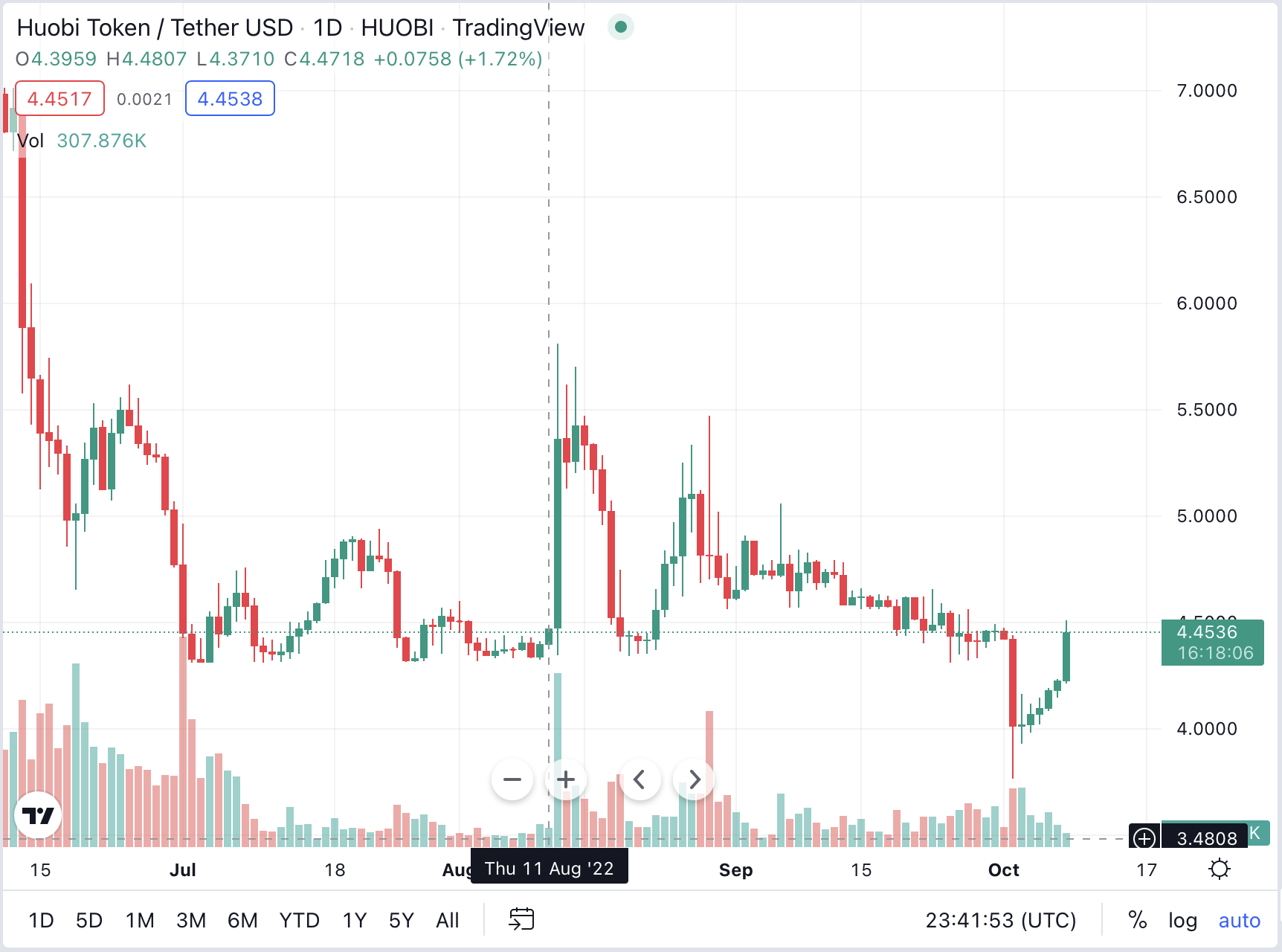Some people don’t like generative art because they see less value in things created at random by a computer than they do in the more deliberate strokes of talented humans.
Those people really aren’t going to like the latest project from Tyler Hobbs, one of the superstars of the genre. It’s almost as if he designed it to troll them.
QQL, the project in question, dropped on Sept. 28. At 14 ETH each (or about $19,000 at current prices), sales of QQL’s “mint pass tokens” raised a cool $17 million.
The passes give holders the right to mint one of the 999 pieces of generative art that will ultimately make up the QQL collection. By toying with knobs and dials, holders can manipulate the algorithm created by Hobbs and his co-conspirator Dandelion Wist to produce a QQL that they themselves have had a hand in designing. Interested observers can also do that for free, though their creations will not be considered part of the QQL canon.
“The collector is who gets to decide what pieces actually make it into the final set of 999 that represent the project,” said Hobbs in an interview over Zoom. “Any piece of artwork that makes it into the official set is something that somebody believes really deeply in.”
It must boggle the minds of critics. These pieces aren’t simply the spawn of machine entropy, they in fact pair that with the whims of collectors — most of whom probably aren’t artists, let alone masters.
Hobbs said he’s had people express the view that QQLs, because of their collaborative design, may not sell for as much as, say, Fidenzas — his smash-hit collection that has recorded individual sales of more than $3 million.
“But sales price is not really the primary metric that I was interested in for this project, so that didn’t really matter too much to me,” he said. The way the auctioning off of mint passes worked seems to support the claim.
Bidders took part in a Dutch auction with rebates, meaning everybody paid the lowest clearing price of 14 ether — even those who had bid higher than that. Through this process, 900 mint passes were up for grabs, with another 99 reserved for Hobbs and Dandelion, promotion, charitable causes and a competition. Nobody got special treatment, Hobbs said. The economic design even set aside something for collectors in the form of a 2% kickback on any future sales of their NFT.
“We really want them [QQL holders] to be recognized for their contribution. Many of these people have spent many, many hours actually deeply involved with the algorithm, exploring it and developing their taste before they mint,” Hobbs said.
Buy now, mint later
The rise of generative art has been difficult to disentangle from a corresponding surge in speculative NFT investment. It seems as though Hobbs sees the QQL model as a kind of antidote.
Typically, after a big generative art drop, interested parties can pore over the range of outputs — the pieces — produced by the algorithm in question. In the past, this has led to a frenzied period of trading that has pumped up prices on marketplaces like OpenSea, if only briefly.
In the case of QQL, five days after the auction, a mere 103 pieces out of the available 999 had been minted. Mint passes are changing hands on NFT marketplaces, but most of the art that will in time make up the collection doesn’t exist yet. The collection was designed so that mint passes never expire, meaning holders have till kingdom come to realize their NFTs.
“We expect to see minting continue for years or decades,” Hobbs said. “I wouldn’t be surprised if somebody mints a QQL after both myself and Dandelion are dead.”
When they do start to emerge in greater numbers, how will they look? As with all collections, there will be a range of outputs within the stylistic confines of the algorithm. The main difference here is the influence of mint pass holders. Some are hoping to craft aesthetically pleasing abstract art. Others have taken an interest in outputs that “happen to resemble actual objects,” such as landscapes, cityscapes, or even animals, Hobbs said.
Silly though it sounds, this is something of an obsession among NFT hoarders. One of the priciest ever purchases of a piece of generative art was the 1,800 ether ($5.8 million at the time) shelled out for Dmitri Cherniak’s Ringers #879, a goose-shaped image that caught the eye of the ill-fated crypto hedge fund Three Arrows Capital.
“The algorithm is in no way designed to produce those things in particular, so the fact that they come out is a really interesting, odd occurrence — quite a rare one. But some people get really excited by that and that’s what they choose to highlight with their mint,” Hobbs said.
Such standout pieces are sometimes referred to as “grails” in crypto culture, and they were front-of-mind for Hobbs and Dandelion — co-founder of the generative art marketplace Archipelago — when the pair were designing QQL’s algorithm.
“Both of us really felt that this was the best part of generative art and something we could really aim for, and QQL was really based around the idea of maximizing the potential for that to happen and that to be appreciated,” Hobbs said. It is a somewhat contradictory thought: that an algorithm that spits out random patterns could be primed to produce more grails. More to the point, if it accomplished this, would those more commonplace pieces still be considered grails? In the case of QQL, more than any other collection, time will tell.
The focus on grail production also begs the question: What inspired Hobbs and Dandelion to create QQL? Generative artists take inspiration from multiple sources while working on their algorithms, Hobbs said. He mentioned the work of Mondrian and Kandinsky, as well as that of his fellow generative artists — likening the process to creating an album.
A royal tiff
It is not the first time that comparisons between QQL and the music industry have been drawn. Last week, NFT platform X2Y2 struck out at Hobbs and Dandelion for blocking QQL holders from interacting with its marketplace. “When someone else can decide where you can transfer your NFT, you are not the real owners anymore,” X2Y2 said in a Twitter thread. “Sounds familiar? Yes, this is exactly what happens in the music industry — you don’t own the mp3s lying on your hard drive.”
Hobbs said that he and Dandelion shut out X2Y2 because it offers users lower fees by doing away with royalties due to artists on secondary sales of their work. “The artist royalty on secondary sales is one of the single most positive changes for artists in this art market. It’s a really big differentiator from the traditional art world,” said Hobbs, adding that he does not feel the X2Y2 block infringes on the rights of QQL owners, because they can still transfer their NFTs “whenever they want.”
The tiff is a telling reminder of how financialized the generative art movement has become. There is potentially big money to be made in the sector and even trading shops like GSR, founded by former Goldman Sachs executives, sense it. The crypto market maker has set up a new division this year to try to turn a profit from flipping NFT collections algorithmically.
The $17 million raised from the QQL auction will be split between Hobbs and his team of five at Anticlassic Studios LLC; Dandelion and Dandelion’s business Archipelago, which helped design the smart contracts behind QQL; the Dutch auction, the project’s website and the interface used to manipulate the algorithm.
For now, though, Hobbs seems content with his life as an artist — albeit a financially secure one, to say the least.
“After Fidenza, that was enough to essentially guarantee that I could continue to work as an artist for as long as I wanted, even if I was never able to sell anything again,” he said.

A QQL created (for free) by The Block.
© 2022 The Block Crypto, Inc. All Rights Reserved. This article is provided for informational purposes only. It is not offered or intended to be used as legal, tax, investment, financial, or other advice.

